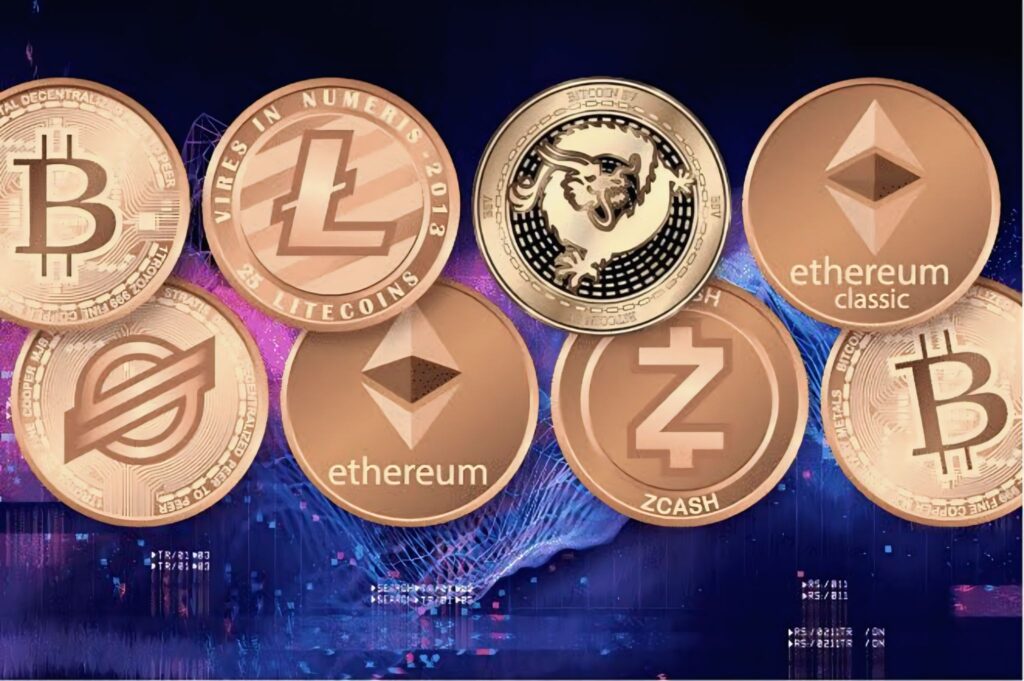Cryptocurrency is no longer just a buzzword in India—it’s becoming part of daily conversations, investment plans, and even startup business models. From Bitcoin to Ethereum and a growing list of altcoins, the digital currency space is drawing the attention of everyone from tech-savvy youth to seasoned investors. But is crypto truly the future of finance in India, or just another hype cycle waiting to burst?
Let’s break it down in simple terms, exploring what crypto means for India, along with its pros and cons.
What is Cryptocurrency, Really?
Cryptocurrency is a digital or virtual currency that uses cryptography for security. It’s decentralized, which means it isn’t controlled by any central authority like the Reserve Bank of India (RBI). Instead, it runs on a technology called blockchain—a transparent, distributed ledger that records all transactions.
Bitcoin was the first cryptocurrency, launched in 2009. Since then, thousands of other coins have emerged. In India, while regulation is still a grey area, public interest in crypto is booming.

The Rise of Crypto in India
India has witnessed an exponential rise in crypto investments, especially since the 2020 lockdown. Young Indians, in particular, are showing a strong appetite for digital assets. Exchanges like CoinDCX, WazirX, and ZebPay have seen a huge increase in user registrations and daily trading volumes.
The government’s stance has fluctuated—from talks of a complete ban to the introduction of a 30% tax on crypto profits in Budget 2022. This signaled that while the government may not fully embrace crypto yet, it’s certainly acknowledging its presence.
Pros of Crypto in India

- 1. Financial Inclusion. India has a large population that is still unbanked or underbanked. Crypto could help bridge this gap by giving people access to a digital financial system without needing a traditional bank account.
- 2. Youth Empowerment. With India’s population having a median age under 30, crypto offers young people new ways to invest, save, and earn. It also opens up global job opportunities in blockchain development, crypto trading, and fintech.
- 3. Boost to Innovation. Crypto and blockchain are at the heart of the Web3 revolution. Startups in India are leveraging this tech to build decentralized apps (dApps), NFTs, and even decentralized finance (DeFi) platforms.
- 4. Cross-Border Transactions. Sending money internationally via traditional banks is slow and expensive. Crypto allows near-instant, low-cost cross-border payments—perfect for freelancers and businesses.
Cons of Crypto in India

- 1. Regulatory Uncertainty. The biggest concern is the lack of clear regulation. The RBI has been cautious, and the government’s approach is still evolving. This leaves investors unsure about the future legal status of crypto.
- 2. Volatility. Crypto prices are highly unpredictable. While some people have made huge profits, others have lost their savings. This makes it a risky asset, especially for new investors.
- 3. Security Concerns. Though blockchain is secure, exchanges and wallets are not always safe. India has seen multiple cases of scams, hacking, and fake crypto schemes, putting users at risk.
- 4. Energy Consumption. Some cryptocurrencies, especially Bitcoin, require massive energy for mining. This raises environmental concerns, particularly in a country like India that is still working on clean energy goals.
The Future of Crypto in India
India stands at a crossroads. On one side, there’s enormous potential to lead the global crypto economy, and on the other, there’s the need to protect users and the financial system. The good news? Discussions are happening. The government is working on a Digital India framework that may include blockchain tech, and there’s increasing talk of a Central Bank Digital Currency (CBDC), or the “Digital Rupee”.
For now, crypto remains a high-risk, high-reward territory. If you’re investing, make sure to do thorough research, use secure platforms, and never put in more money than you can afford to lose.
Final Thoughts
Crypto in India is more than just a trend—it’s a signal of how fast technology is reshaping our financial systems. Whether it turns into a long-term success or fizzles out will depend heavily on education, innovation, and regulation.
As with any revolution, there will be winners and losers. The key is to stay informed, cautious, and open to change.
Share this:
- Click to share on Facebook (Opens in new window) Facebook
- Click to share on X (Opens in new window) X
- Click to email a link to a friend (Opens in new window) Email
- Click to share on Telegram (Opens in new window) Telegram
- Click to share on Threads (Opens in new window) Threads
- Click to share on WhatsApp (Opens in new window) WhatsApp








